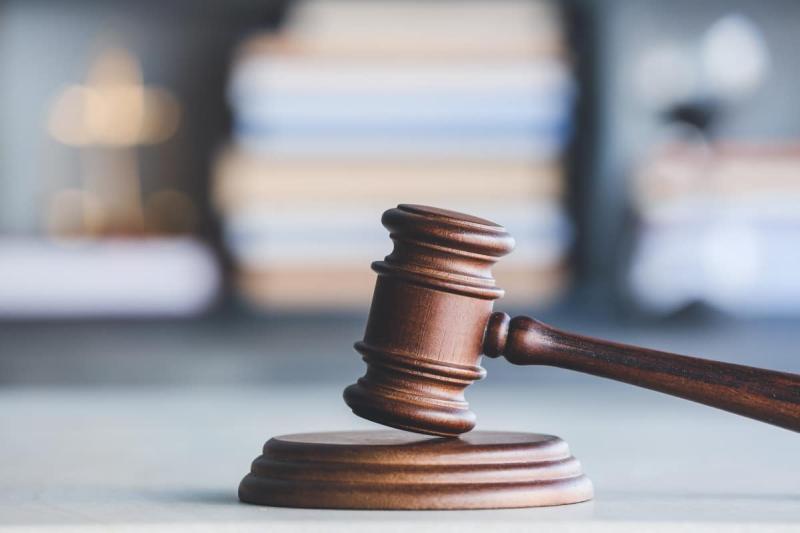Substantive law and procedural law are two distinct components of the legal system. Substantive law defines the rights, responsibilities, and liabilities of individuals and entities; it is the “what” of the law, delineating legal relationships and determining the repercussions of actions. Contract law, tort law, and criminal law are examples. As the “how” in law, procedural law provides the mechanisms and procedures for enforcing the rights and obligations defined by substantive law. It governs the procedures and rules courts must adhere to when adjudicating cases, ensuring their fairness and consistency. Rules of civil procedure, criminal procedure, and evidence are examples.
Substantive law is concerned with the substance of disputes and defines what is legally right or wrong, whereas procedural law is concerned with the methods and means of resolving those disputes through the court system. Both are essential to the operation of any legal system, operating in tandem to guarantee justice. This dichotomy defines the functions of the legislative and judicial branches within the legal system. While the legislature typically enacts substantive laws, judicial decisions frequently influence procedural laws, albeit under legislative supervision.
What is Substantive Law?
Substantive law is a set of laws that tells people and organisations what their rights, duties, and responsibilities are. It says what the legal connections are and what the legal consequences are for breaking these rules. Simply put, substantive law tells people how they should act and treat each other and society as a whole. Criminal law, which says what actions are crimes and what the punishments are for them, is an example of substantive law. Contract law, which says what the parties to a contract have to do and what happens if they don’t, is another. Tort law, which deals with civil wrongs that don’t come from contracts, and decides how much the victims of these wrongs should be paid, is another.
The difference between substantive law and procedural law is that procedural law is about how to enforce legal rights and responsibilities. While substantive law says what is right or wrong from a legal point of view, procedural law says how those laws are to be enforced. Legislative bodies are mostly in charge of making and figuring out how to apply substantive law, but judicial interpretations can also shape and describe it. In effect, substantive law is the backbone of our legal system because it sets rules for how people and groups should act.
What is Procedural Law?
Procedural law, which is often compared with substantive law, is a body of law that sets the rules and methods for processing and enforcing legal cases. In essence, it tells us “how” to enforce the rights and duties that are spelt out in substantive law, which tells us “what.” Procedural law is made up of the rules that say how a case or criminal trial should go. These rules cover everything from the first time a case is filed to how evidence is gathered, how witnesses are questioned, and how disagreements are finally settled.
The rules of civil procedure and the rules of criminal procedure are two examples of procedural law. The rules of civil procedure explain how civil cases are handled, and the rules of criminal procedure explain how criminal cases are handled. Another important part of procedural law is evidence law, which says what information can be shown in court and how it can be shown. Procedural law is very important for making sure that the legal system is fair and consistent. Its purpose is to protect the rights of everyone involved in a case by giving clear rules and stopping actions that are arbitrary or unfair. Even though the legislature makes a lot of procedural rules, the judicial arm often interprets and applies these rules in specific situations.
Difference Between Substantive Law and Procedural Law
Both substantive law and procedural law are important, although they perform different functions. Substantive law, such as what constitutes a crime or a contractual obligation, outlines the rights, duties, and obligations of individuals and entities. Procedural law, on the other hand, details the procedures that must be followed to enforce these rights and duties, such as how a trial must be held or what evidence must be collected. To put it simply, substantive law is what people are or are not allowed to do, whereas procedural law governs how the judicial system works to enforce these laws and settle disputes in a way that is both fair and consistent. The main differences between substantive law and procedure law are outlined here.
Definition
Individual and corporate rights and responsibilities are established by substantive law, but the rules and procedures for enforcing and processing these are established by procedural law.
Scope
Substantive law addresses the meat of legal issues, setting down the parameters of what constitutes right and wrong. The rules for dealing with and resolving such cases fall under the purview of procedural law.
Function
Procedural law governs how the courts and legal actions are conducted, whereas substantive law governs how individuals and organisations must act.
Examples
Substantive laws include criminal law, tort law, and contract law, to name a few. In contrast, examples of procedural law include the norms of civil procedure, criminal procedure, and evidence.
Creation and Interpretation
The legislature is responsible for enacting substantive laws, while the courts and legislature work together to define procedural laws.
Changes
Individuals’ rights and obligations may be directly affected by changes to substantive law, while the enforcement and adjudication of rights and responsibilities may be affected by changes to procedural law.
Impact on Cases
The outcome of a dispute is often decided by substantive law, which deals with the actual rights and duties at play. Evidence admissibility and case processing are two areas where procedural law can have an impact.
Role in Justice
Justice is promoted by the rules and consequences established by substantive law. Procedural law is the body of law that establishes the rules for carrying out the other branches of law.






